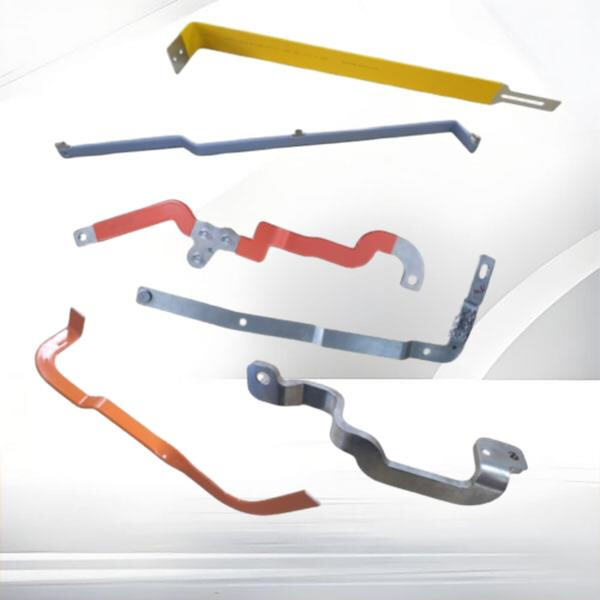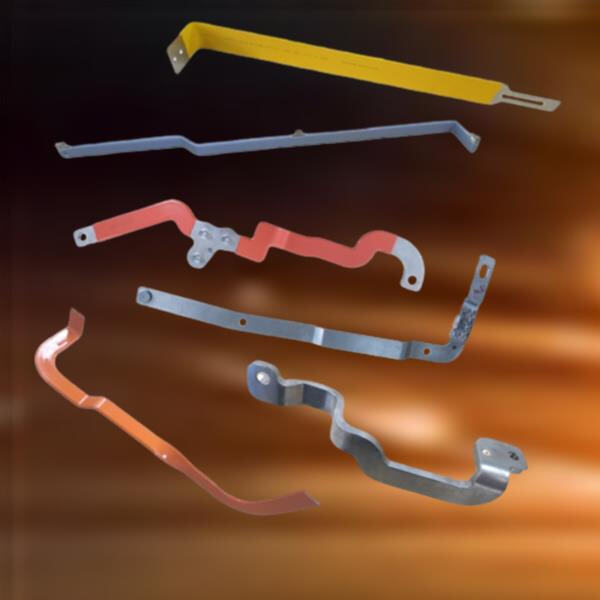Bus-bars of the type described are an important component of electrical systems. They help ensure power goes exactly where it’s needed, and that everything powers up safely. But I also wanted to discuss why fused bus bars are useful and how they do what they do.
But first, a closer look at what makes fused busbars more advantageous in electrical system operations. Fused busbars also have fuses that are an integral part of the busbar, like little safety switches. When excessive power passes through the Bus bar, the fuse blows and cuts off the power. That helps ensure the electrical system won’t be damaged, and also keeps everybody safe.
Fused busbars may also have a safety and efficiency advantage. The fuses virtually eliminate the risk of fires or other hazardous occurrences. If a fault occurs and the fuse burns out, it can be easily replaced without replacing the entire busbar. This saves time and money and makes the system work better.

It also helps to know how fused busbars are made. Fused busbars are metal bars used to transport electric power. Fuses are put on the busbar to protect the various parts of the system. The design is painstakingly thought out to ensure everything functions properly and safely.

But it’s not that simple, of just putting in some fused busbars and ignoring them. The key is proper care and checking. Routine maintenance can be used to spot any problems before they grow. It’s also a good idea to check that the fuses look healthy and there is no obstruction to the power flow.

Finally, let us further understand the different types of fuses employed in the case of busbars. There are many types of fuses and each has a job to do. Some fuses react quickly and blow if they see a sudden surge of power, while other fuses blow more slowly to protect against a long-term overload. SELECTING A FUSE The procuring of a suitable fuse is as important as making everything go.
Copyright © Kinto Electric Co., Ltd All Rights Reserved